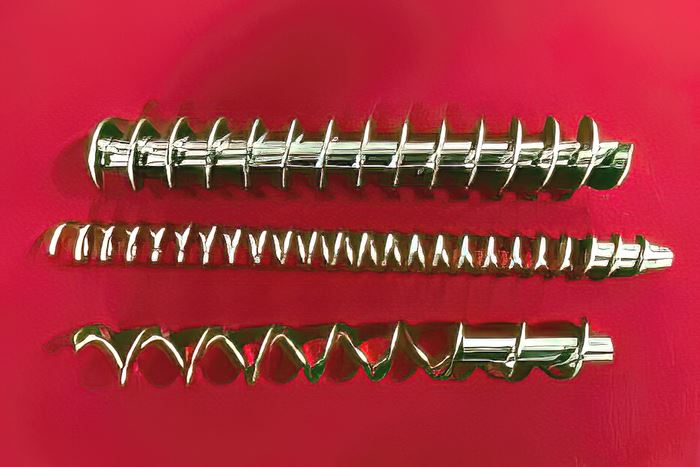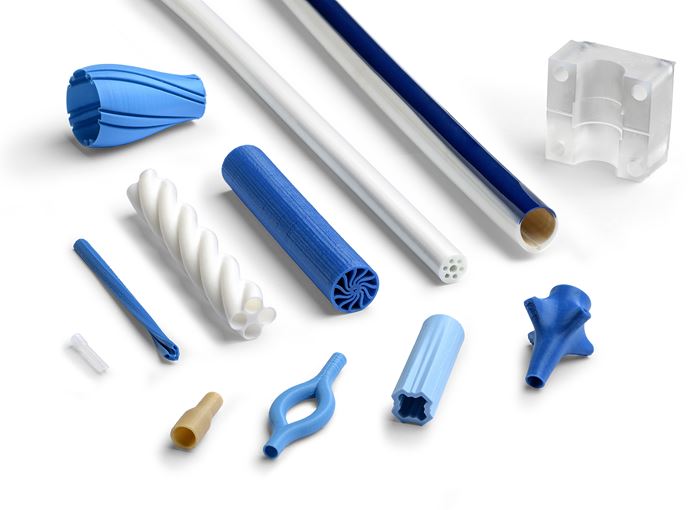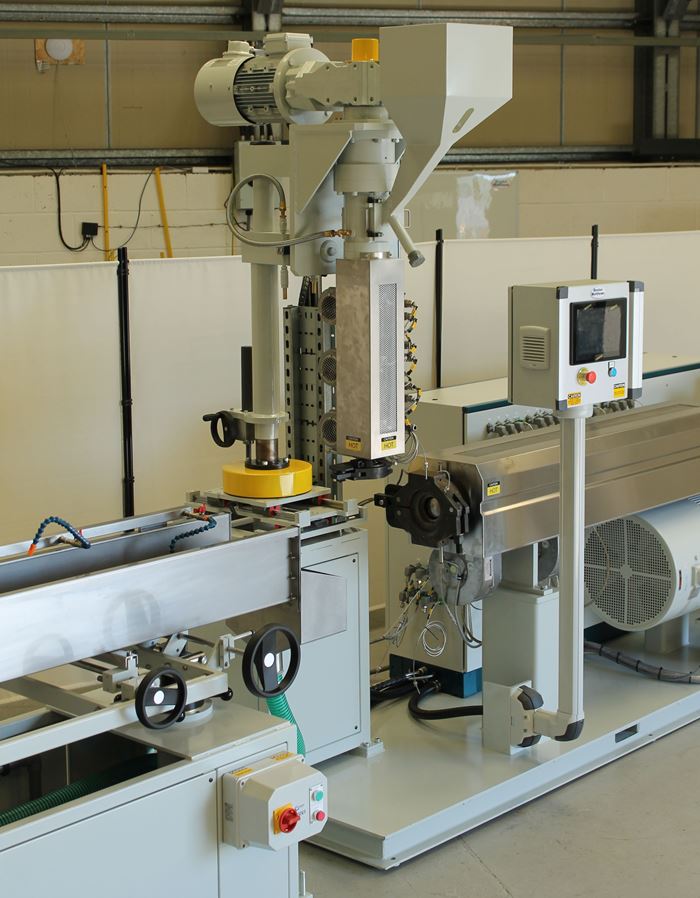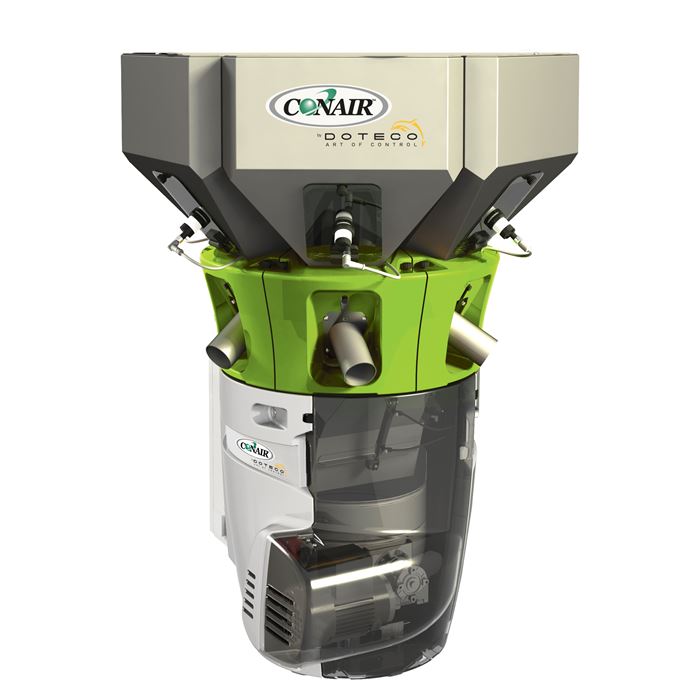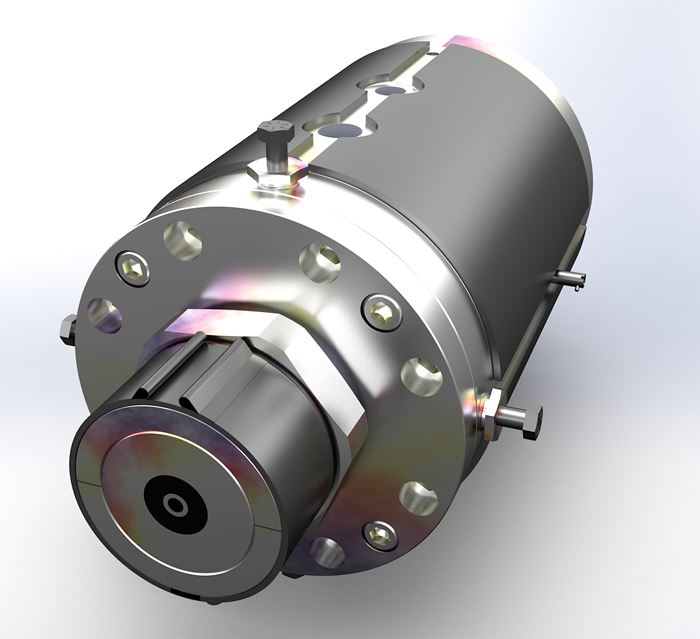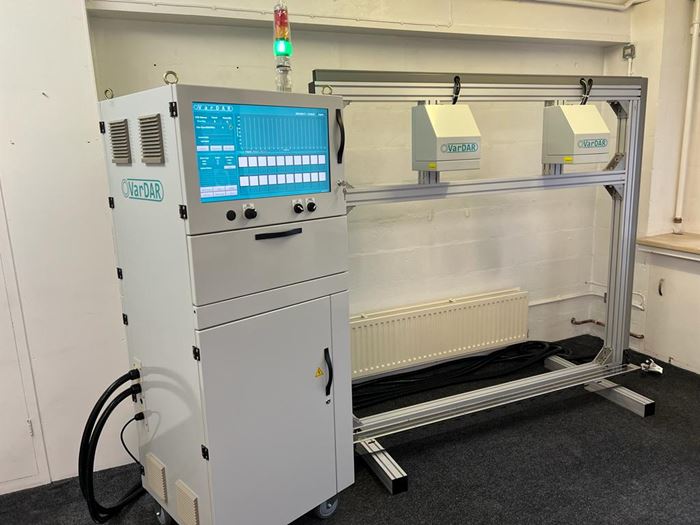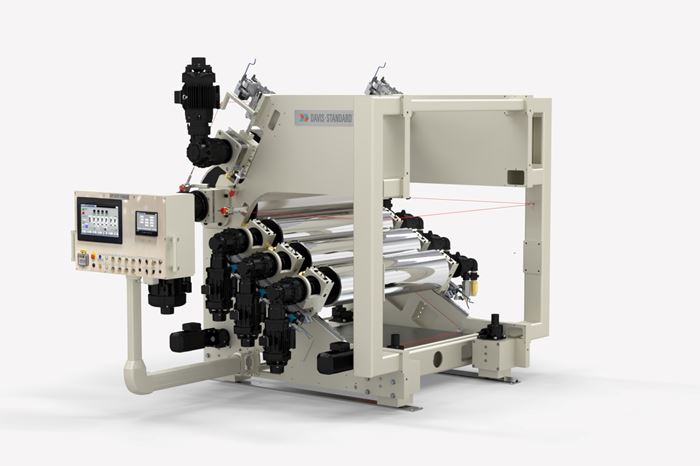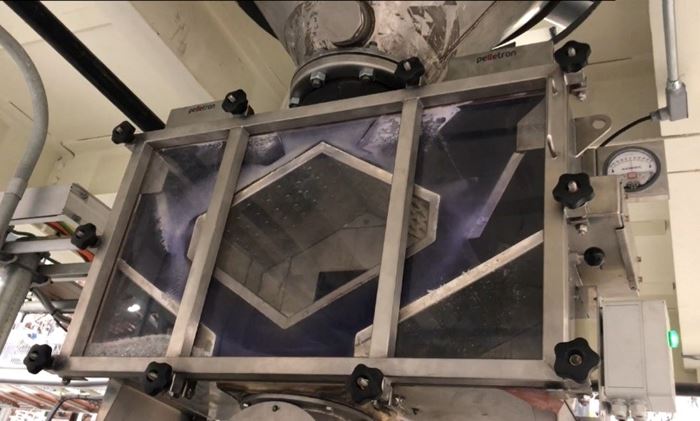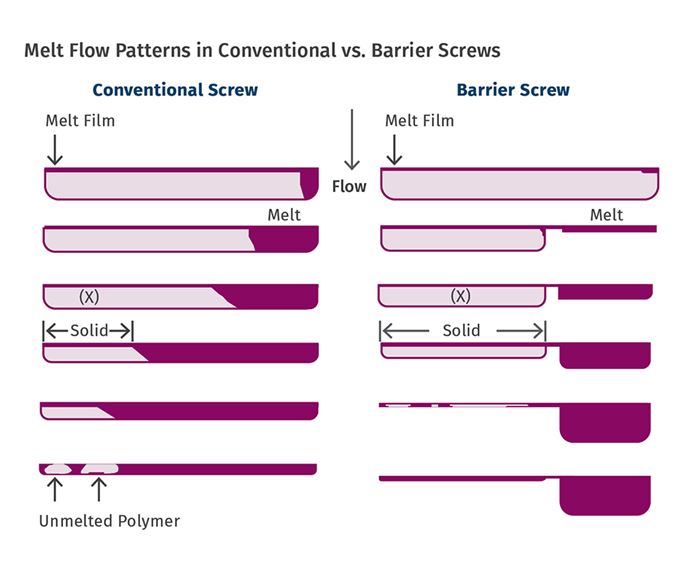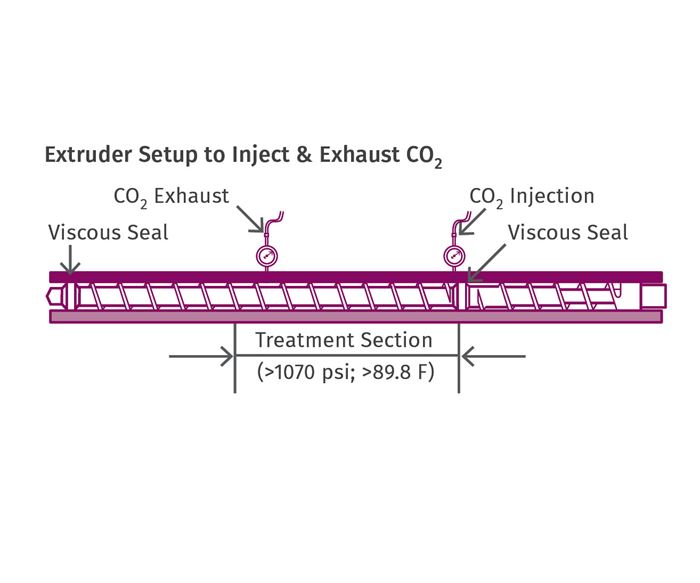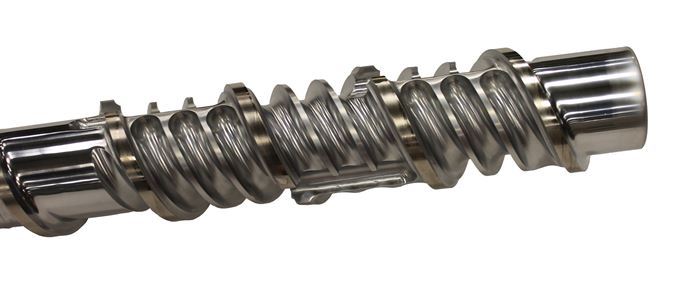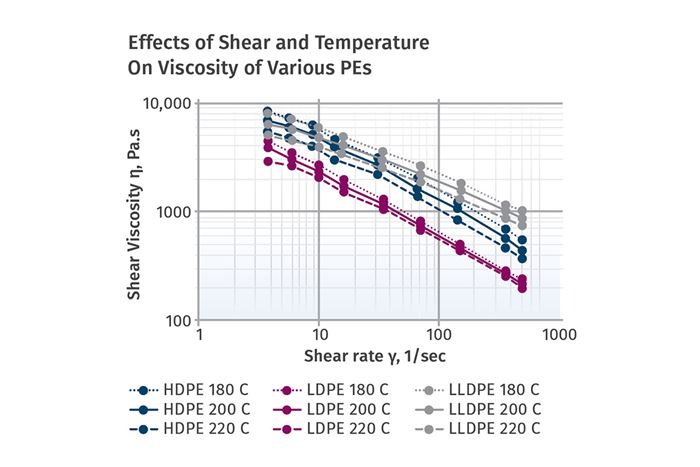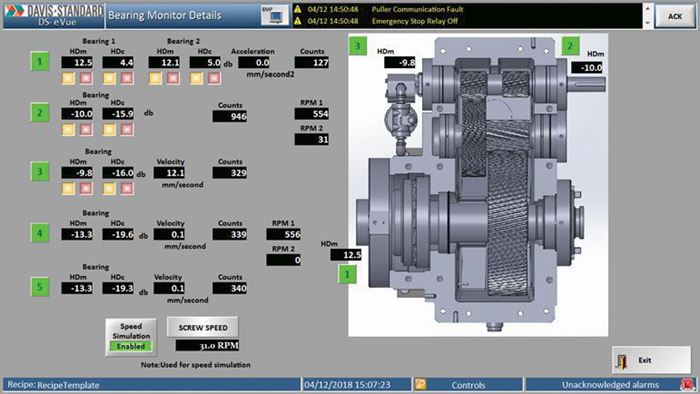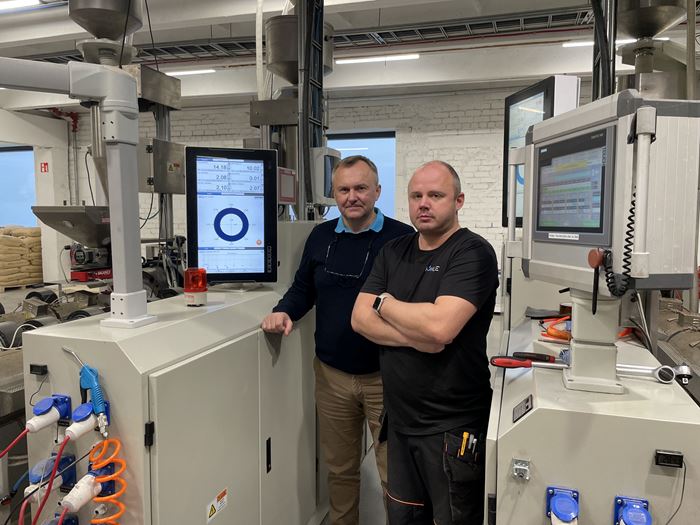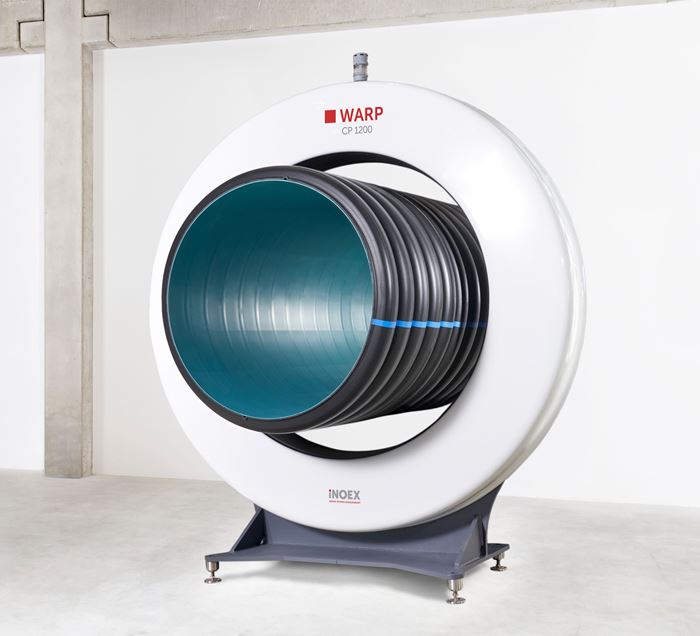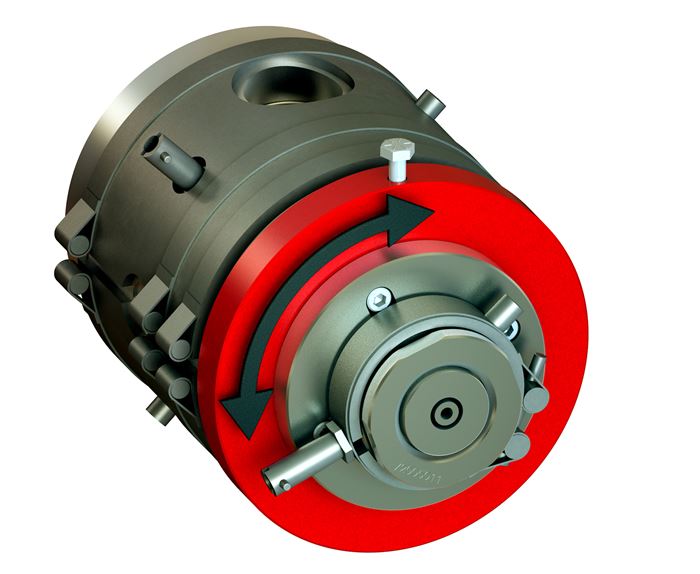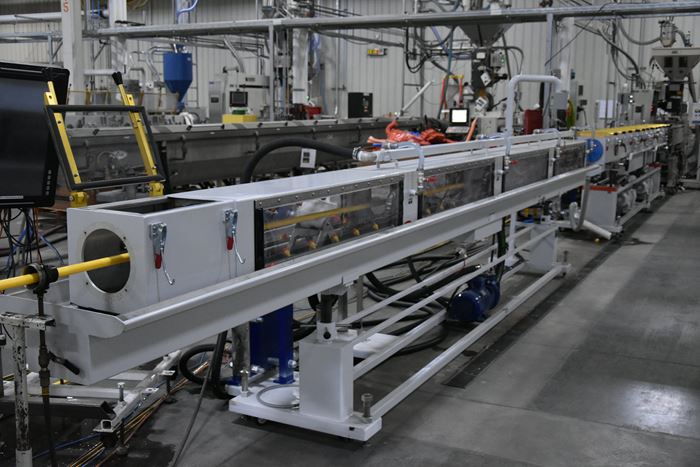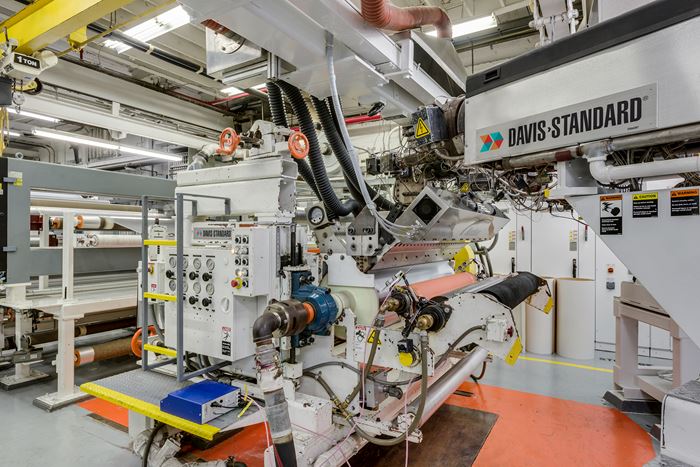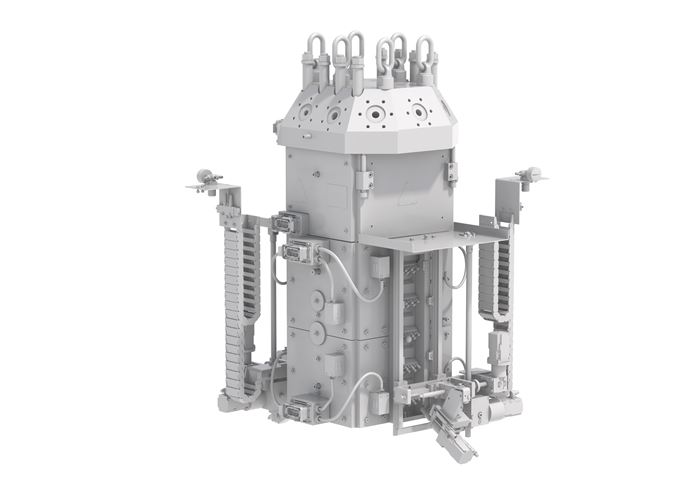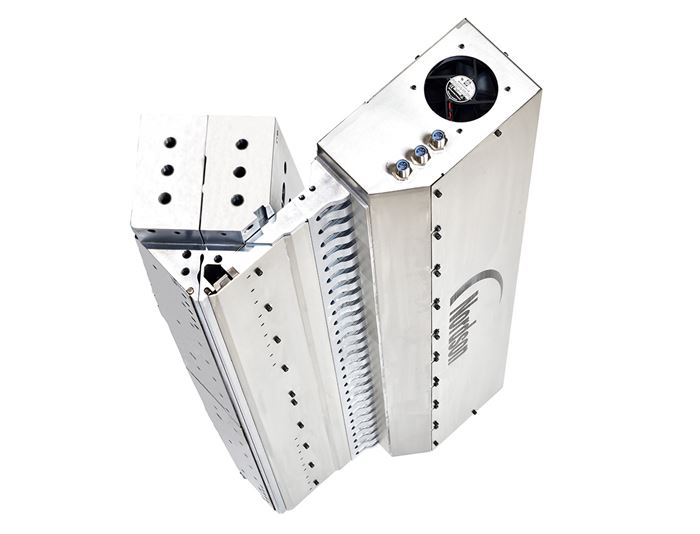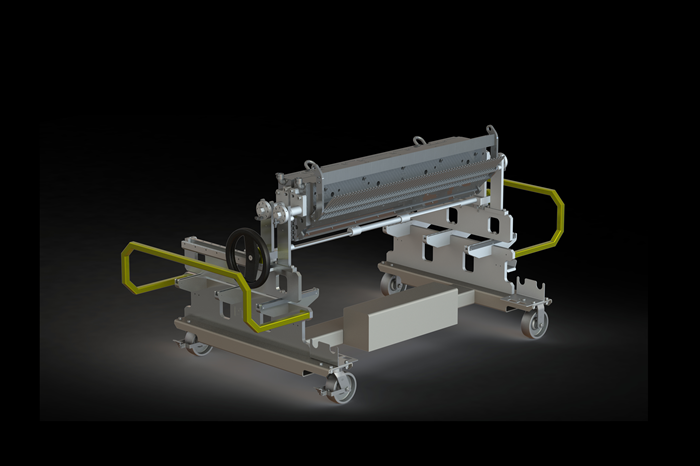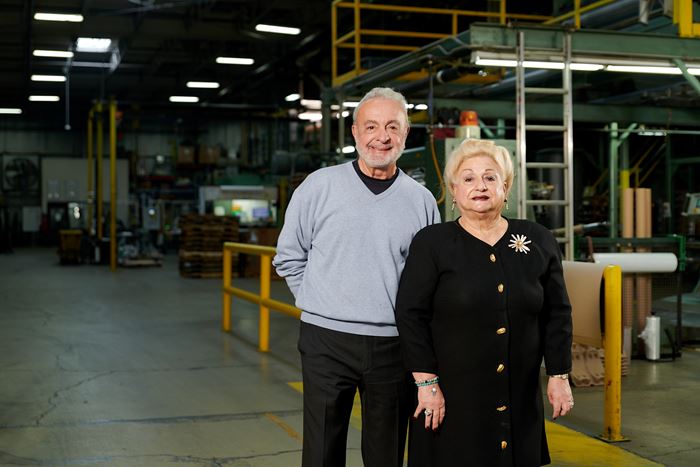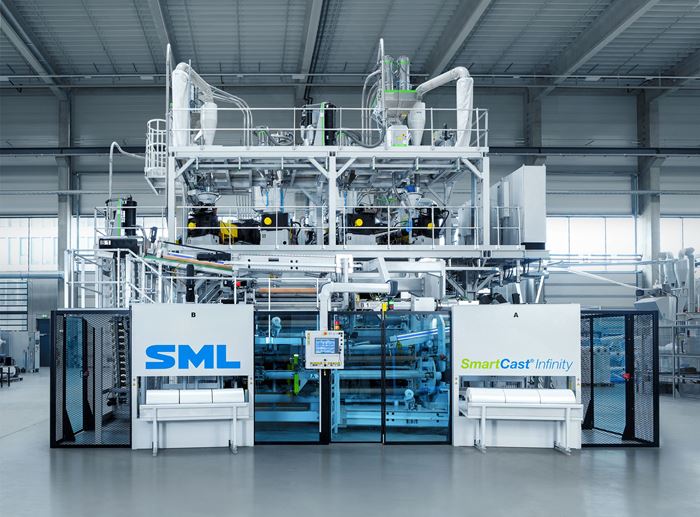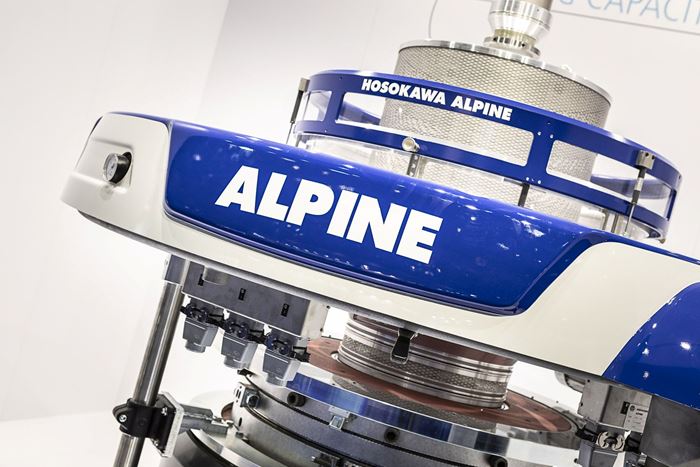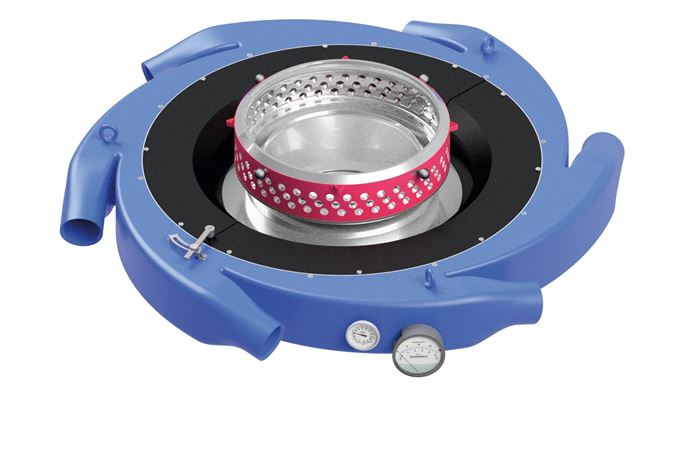Extrusion is a continuous process through which parts of a fixed cross-sectional profile are made. Material is fed through a hopper into an extruder, essentially a rotating screw surrounded by a heated barrel, where it is mixed, melted and pumped through a die. The die gives the part its shape. Types include film extrusion, sheet extrusion, pipe, profile and tubing extrusion.
What to Know About Your Materials When Choosing a Feeder
Feeder performance is crucial to operating extrusion and compounding lines. And consistent, reliable feeding depends in large part on selecting a feeder compatible with the materials and additives you intend to process. Follow these tips to analyze your feeder requirements.
Extrusion: Essential Reading
How Screw Design Can Boost Output of Single-Screw Extruders
Optimizing screw design for a lower discharge temperature has been shown to significantly increase output rate.
Troubleshooting Vent Flow Problems in Single-Screw Extruders
Vent flow can be a costly problem and a housekeeping nuisance. Here is some advice on how to eliminate it.
The Right Way to Design Vents in Single-Screw Extruders
Designing vents for single-screw extruders requires understanding of polymer flow in the screw channels. Some designs are more effective than others. Here are some guidelines.
Extruder Alignment: Important, but Only Half the Equation
The other half? Aligning and supporting downstream equipment. Here are best practices.
Avoid Four Common Traps In Granulation
Today, more than ever, granulation is an important step in the total production process. Our expert explains a few of the many common traps to avoid when thinking about granulators

FAQ: Extrusion
However, there are actual limits on increasing output as L/D is increased. Usually these limits are due to the inability of the feed section to deliver more polymer. On smaller-diameter screws, that limit often is determined by screw strength. On small screws you can only go so deep in screw channels before the screw is over torqued and fails. On larger extruders, the efficiency of feeding decreases as the channels get deeper until there is no further increase in output.
There are four main things to consider in selecting the correct stack for your application: the overall cooling capacity, the products to be processed, the mechanical capability, and the rolls’ internal design. Considering just the cooling capacity, the top roll is there to set the sheet thickness as well as its uniformity.
One of the most useful evaluations is the relatively simple calculation of drag flow. Drag flow is simply half the volume of one turn of the metering section per second at a specific screw rpm, which, when multiplied by a units conversion and the melt specific gravity of the polymer, is a very accurate approximation of the output in lb/hr at no head pressure.

Extrusion Suppliers
Narrow by Extrusion Category
- Curtain Coaters
- Knife Coaters
- Plasma Coating Systems
- Roll Coaters
- Slot Orifice Coaters
- Coextrusion Dies, Feedblocks
- Extrusion Dies
- Multiple-screw Extruders
- Plastic Lumber Extrusion/Molding Systems
- Ram Extruders
- Rotary Screwless Extruders
- Single-screw Extruders
- Air Knife Equipment
- Air Rings and Internal Bubble Cooling Units
- Calenders
- Cutoff Equipment
- Dispensing Equipment for Reactive Resin Systems
- Extruder Screens, Screen Packs, Screen Changers, Breaker Plates, Other Melt-Filtration Equipment
- Melt Pumps for Extrusion
- Orientation and Tentering Equipment (for Webs)
- Pelletizers
- Pipe Bellers
- Pipe Corrugators
- Saws
- Solution Casting Equipment (for Film)
- Film Take-off Systems
- Monofilament/Multifilament Take-Off Systems
- Pipe Take-off Systems
- Sheet Take-off Systems
- Wire and Cable Take-off Systems
- Profiles, Tubing, Hose Take-off Systems
- Film, Sheet, Coated Web Thickness Measuring Equipment
- Pipe Thickness Measuring Equipment
- Profiles, Tubing, Wire Thickness Measuring Equipment
- Web Brakes, Clutches, Chucks
- Web Cleaning Equipment
- Web Guides, Edge Detectors
- Web Inspection Systems
- Web Slitter/Rewinders
- Web Slitters
- Web Tension Controls
- Web Winders, Unwinds, Rewinds



